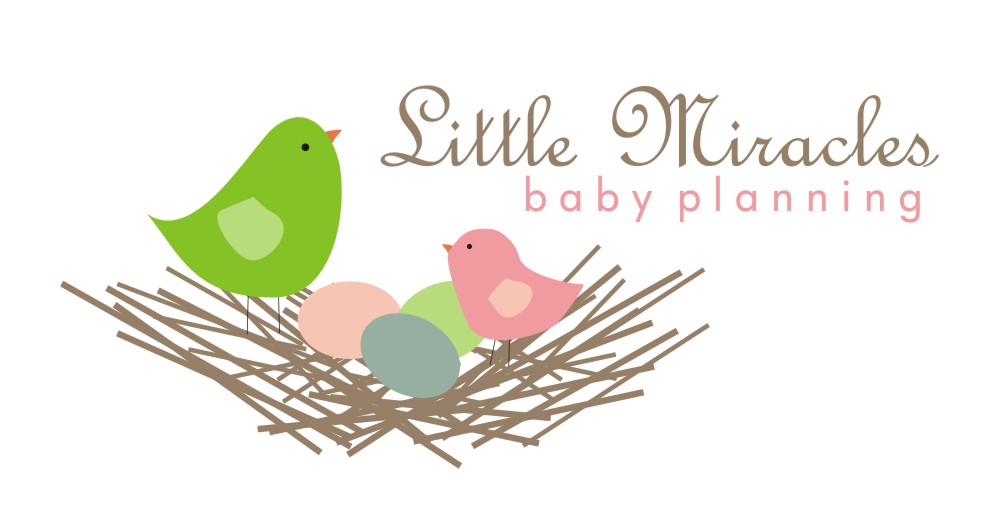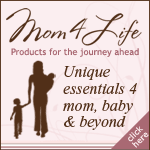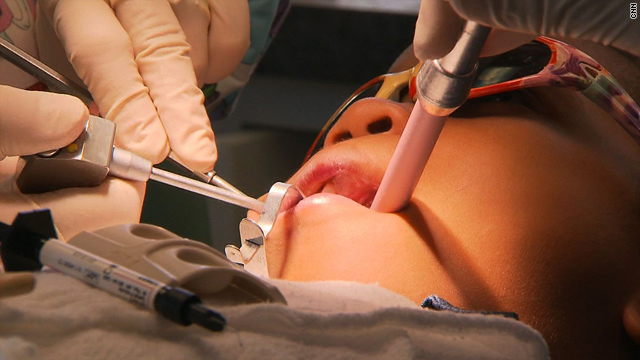 SwaddleDesigns
SwaddleDesigns are truly my favorite swaddle blankets. I first bought one just after I had my baby and soon realized I couldn’t live without it! It became my favorite all-purpose blanket and it went everywhere with us. It is such a perfect size and weight that I used it as a nursing cover, to create extra shade over my baby’s car seat, a play blanket, and more.
SwaddleDesigns swaddle blankets were created by an RN and mother of two. Her inspiration came when herself, her friends, and her patients were constantly frustrated when trying to swaddle their babies – either they would forget the correct technique or the blankets were too small or not the right shape or fabric to swaddle baby successfully.
SwaddleDesigns blankets come in three fabrics (cotton, lightweight marquisette, and organic cotton) and are the perfect weight for swaddling baby. Keeping baby the correct temperature while she is sleeping is very,
very important and SwaddleDesigns blankets are made to do just that (the marquisette fabric is perfect for summertime or warmer nurseries). And in case you forget the correct swaddling techniques, they are printed on a tag right on the corner of the blanket for easy access!
 SwaddleDesigns
SwaddleDesigns now makes not only swaddle blankets but wearable sleep sack blankets, crib sheets, security blankets, burp cloths and bibs, towels and more. Many of their items can be purchased in just about any baby store around, including boutiques and big box stores. To view their complete selection check out their
website.
SwaddleDesigns blankets come in a huge assortment of adorable colors and patterns. Their newest pattern, The Triple Paisleys (seen above), can only be purchased on their website OR enter our contest today to win one!
Enter to Win!
To win one of two swaddle blankets just send an email to
abby@littlemiraclesbabyplanning.com with the subject “SwaddleDesigns” and let me know which blanket you want to win:
1) Triple Paisley cotton blanket in pink
2) Triple Paisley marquisette blanket in blue/green
To receive an extra entry to win fan us on
Facebook and let me know you did! If you’re already a fan let me know and you’ll still get an extra entry.
Winner will be chosen at random and all are eligible to win. Contest ends Friday September 17th at 12 noon est.
Safe Swaddling
Speaking of swaddling, here are some essential tips directly from
SwaddleDesigns to help you swaddle your baby safety and effectively:
Natural Position
Experts recommend swaddling baby in a natural position with elbows, knees and hips flexed for proper joint development, and with baby's hands within reach of mouth so baby can suck on his or her fingers to self-console.
You may also choose to wrap baby with one or both hands down inside the swaddle with baby's elbows in a flexed position and offer baby a pacifier once breastfeeding is established.

Wrap Snugly
A loose swaddle is ineffective, so wrap baby snugly, but not so tightly as to impede baby's breathing. You should be able to slide your hand between the blanket and your baby's chest. It should feel snug, not loose.
Custom Fit
SwaddleDesigns large square blankets allow for a custom fit swaddle whether your baby is small, medium or large.
Place blanket on a flat surface in a diamond position in front of you with the 123 Swaddle Tip Tag visible on your upper right hand side.
Fold the top corner down about 6 inches, and place baby in the center of the blanket with their neck at the fold.
Follow the steps on the 123 Swaddle Tip Tag
- Starting on your left, bring the 1st corner over and tuck snugly behind baby.
- The bottom corner goes over baby's left shoulder and behind baby's back. The weight of the baby on the tucked under corners will help to keep the swaddle secure.
- Take the 3rd corner across and all the way around behind baby, tucking the tail of the blanket into the fold in the front.
Avoid having the blanket touch baby's cheek, this can stimulate baby's rooting response and wake baby.
Our swaddling blankets are designed with good stretch when they are in the diamond position for swaddling.
Every baby is unique. Ask your baby's pediatrician about swaddling your baby.
Always Place Baby on Back to Sleep
Always place baby on his or her back for sleep. The side and tummy positions are unsafe.
The back sleeping position reduces risk of SIDS. Baby should sleep on a firm sleep surface, in a bassinet, cradle or crib near the mother's bed, without any soft toys, pillows or loose bedding.
Baby's Sleep Environment
Room Temperature
Medical experts recommend a sleep environment of 65-70°F (18-21°C)
It is an important responsibility of the caregiver to dress baby appropriately for sleep based on the temperature of their environment. Parents should not overdress or underdress baby for sleep. As a general guide, the American Academy of Pediatrics recommends dressing baby in no more than one layer more than an adult would use to be comfortable in the same environment.
Cool hands and feet are considered okay due to baby's immature circulatory system, but tummy and chest should be warm and dry. A sweaty neck and back is a sign of overheating and a layer of baby's clothing should be removed.
Babies are not good at regulating their own temperatures. No blanket can naturally regulate baby's temperature for them, so parents need to touch and feel their baby to ensure baby is not too warm or too cold.
Smoke-Free Environment
Always keep baby's environment smoke-free by not smoking when pregnant, near your baby, or in an area where your baby spends time or sleeps.
Ventilation
Be sure air can circulate freely around baby's face. A fan in baby's room can increase ventilation, but should not be blowing air directly on baby.
Allow Baby to Suck on Fingers or a Pacifier
Infant researchers state it's in baby's best interest to have baby's hands within reach of mouth, so baby may self-soothe by sucking on his or her fingers. Sucking is the most organizing behavior of the newborn – it helps baby with sleep/wake control. Sucking is an early form of communication - by vigorously sucking, a baby communicates that he or she is hungry.
As your baby grows stronger or if you have a very active baby, you may tuck one or both hands down into the swaddle with their elbows flexed and offer baby a pacifier. Babies who suck on pacifiers have reduced incidence of SIDS.
As you learn more about your baby, you will find which hand position works best for your baby.
Breastfeeding
Breastfeeding is encouraged. Breastfeed, if you can.




.png)





















